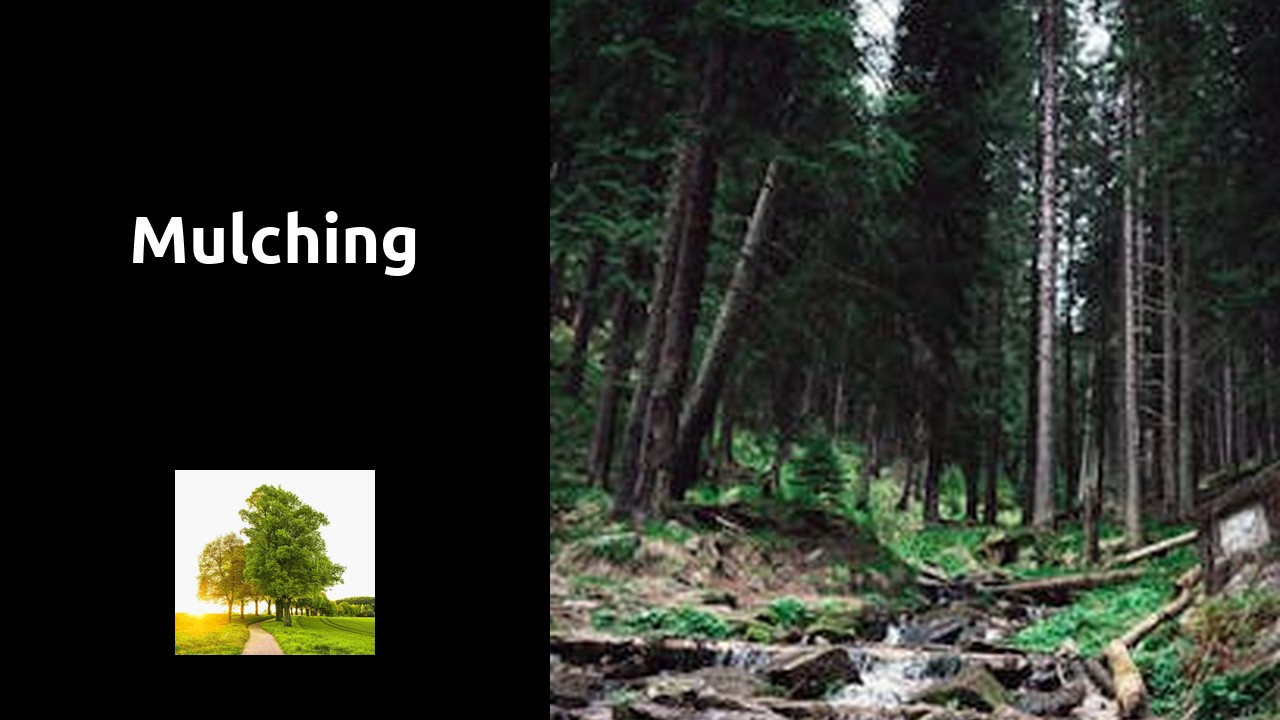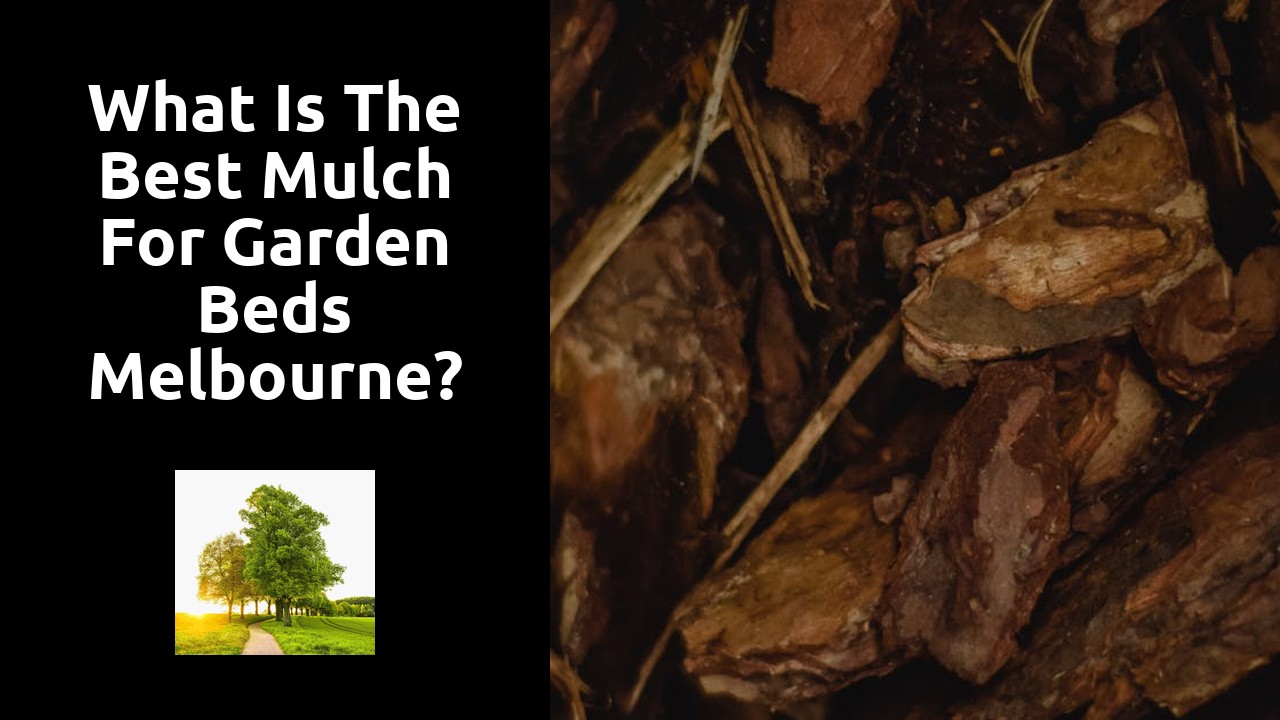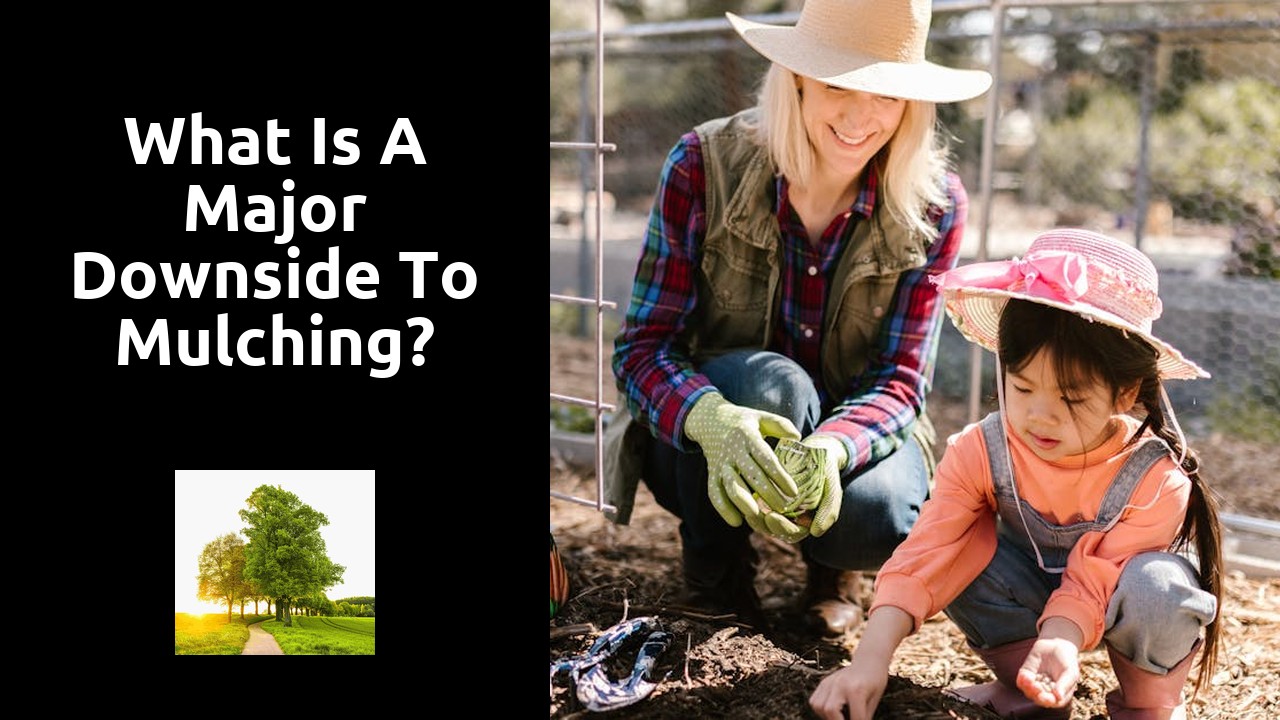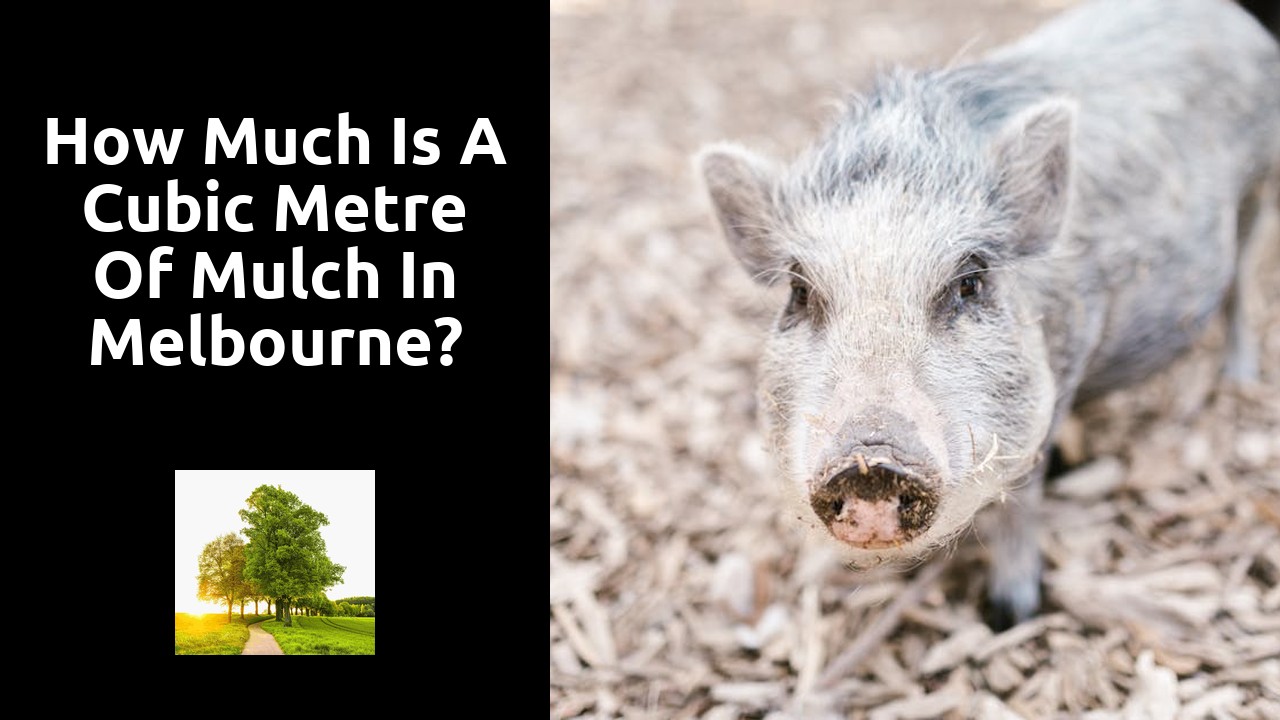
Mulching
Reiners Tree Service offers professional mulching services, helping to improve the health and appearance of your landscape. Mulching provides several benefits, such as retaining moisture, suppressing weed growth, and improving soil structure. Our team of experts uses high-quality mulch and proper techniques to ensure that your trees and plants receive the maximum benefits. With our mulching service, you can enhance the overall look of your property while promoting the growth and longevity of your plants. Trust Reiners Tree Service to provide top-notch mulching services that will transform your landscape into a thriving and beautiful environment.
Mulching around Trees and Shrubs
Mulching around trees and shrubs is a beneficial practice that can enhance the overall health and vitality of your garden. By applying a layer of mulch around these plants, you can provide them with insulation against extreme temperatures, retain moisture in the soil, and suppress weed growth. Additionally, mulch can act as a protective barrier, shielding the roots of your trees and shrubs from damage caused by lawnmowers and other gardening tools.
When mulching around trees and shrubs, it is important to maintain an appropriate thickness of the mulch layer. Aim for a depth of around 2 to 4 inches, making sure to leave a small gap between the mulch and the base of the plants to prevent issues like rot and disease. Choose organic mulch materials like wood chips, shredded bark, or compost, as they will gradually decompose and enrich the soil with valuable nutrients. Regularly replenish the mulch layer as needed, particularly after heavy rainfall or periods of high winds to ensure that your trees and shrubs continue to benefit from this protective covering.
Mulching Dos and Don'ts
When it comes to mulching, there are some important dos and don'ts to keep in mind to ensure that you are making the most of this beneficial practice. Firstly, do make sure to choose the right type of mulch for your specific plants and garden needs. Different mulches offer varying benefits such as moisture retention, weed suppression, and insulation, so selecting the appropriate one can make a significant difference in the health and appearance of your garden.
Additionally, do apply mulch at the correct depth, typically around 2-4 inches, to provide ample coverage without smothering your plants. It's important to keep the mulch a few inches away from the base of trees and shrubs to prevent issues such as rot or pest infestations. On the flip side, make sure to avoid piling mulch directly against plant stems or trunks, as this can create a damp environment conducive to disease and rot. Lastly, don't forget to periodically check the mulch layer for signs of compaction or mold, and refresh it as needed to maintain its effectiveness in protecting and nourishing your plants.
Mulching for Weed Control
One of the primary benefits of using mulch in your garden is its ability to effectively control weed growth. By creating a barrier over the soil, mulch can prevent sunlight from reaching weed seeds, thereby inhibiting their germination and growth. This helps to minimize the need for frequent weeding, saving you time and effort in maintaining a weed-free garden.
In addition to smothering weeds, mulch can also help conserve soil moisture, which is crucial for the health of your plants. By reducing the evaporation of water from the soil surface, mulch helps to maintain a consistent level of moisture around the roots of your plants, promoting their growth and resilience. This not only benefits your garden plants but also provides a natural and effective method for controlling weed growth without resorting to chemical solutions.
Suppressing Weed Growth with Mulch
To effectively suppress weed growth with mulch, it is crucial to apply a thick layer of mulch around plants and trees. A layer that is around 2 to 4 inches thick provides ample coverage to smother out existing weeds and prevent new weed seeds from germinating. Mulch acts as a natural barrier that inhibits sunlight from reaching weed seeds, thereby stunting their growth. By depriving weeds of sunlight, they are unable to photosynthesize and thrive, helping to maintain a clean and weed-free garden bed.
Furthermore, choosing the right type of mulch can enhance its weed-suppressing properties. Organic mulches, such as wood chips, straw, or shredded leaves, not only provide a physical barrier to weed growth but also break down over time to improve soil structure and fertility. In contrast, inorganic mulches like gravel or landscape fabric may offer longer-lasting weed control but do not contribute to soil health. By selecting a mulch that aligns with your gardening goals, you can effectively suppress weeds while enriching the soil and promoting plant growth.
Mulching for Plant Health
For optimal plant health, mulching is a key practice that gardeners and landscapers can implement. Mulch acts as a protective barrier, insulating the soil and plant roots from extreme temperatures. By providing a stable temperature environment, mulch helps plants thrive by reducing stress and allowing for better growth. In addition, a layer of mulch aids in retaining moisture in the soil, which is crucial for plant hydration and overall health.
Furthermore, mulch plays a vital role in preventing soil compaction, a common issue that can hinder root development and nutrient uptake. Soil compaction occurs when the soil becomes too dense, limiting the movement of air, water, and nutrients within the soil profile. By applying mulch regularly, gardeners can help maintain soil structure and create a healthy environment for plants to establish strong root systems and access essential resources for growth.
Preventing Soil Erosion
Soil erosion is a serious issue that can impact the health of your plants and the overall stability of your garden. By using mulch as a protective layer over the soil, you can effectively prevent erosion caused by wind and water. Mulch helps to reduce the impact of heavy rainfall and minimizes the risk of soil washing away, especially on sloped areas. Additionally, the organic matter in the mulch improves soil structure, making it more resistant to erosion over time.
When applying mulch to prevent soil erosion, make sure to spread it evenly and maintain a depth of around 2-4 inches. Avoid piling mulch directly against plant stems or tree trunks, as this can lead to excess moisture retention and potential rot. By creating a buffer zone around plants with mulch, you can protect the soil from erosion while also enhancing the soil's ability to retain moisture and support healthy plant growth.
FAQS
What is mulching and why is it important?
Mulching is the practice of covering the soil around plants with a protective layer of material like bark, wood chips, or leaves. It is important because it helps retain moisture, suppress weeds, regulate soil temperature, and improve soil health.
How often should I mulch around my trees and shrubs?
It is recommended to mulch around trees and shrubs once a year. However, check the condition of the mulch periodically and add more if needed to maintain a thickness of 2-4 inches.
Are there any benefits of mulching for weed control?
Yes, mulching is an effective way to control weeds in your garden. The mulch layer blocks sunlight from reaching weed seeds, preventing them from germinating and growing.
What are some dos and don'ts of mulching?
Do mulch to a depth of 2-4 inches, keep mulch several inches away from tree trunks and plant stems, and replenish mulch as needed. Don't create mulch volcanoes around trees or shrubs, as this can lead to root rot.
How does mulching help in preventing soil erosion?
Mulching helps prevent soil erosion by protecting the soil surface from the impact of raindrops, reducing runoff, and promoting better water absorption. This, in turn, helps to keep the soil in place and maintain its fertility.


